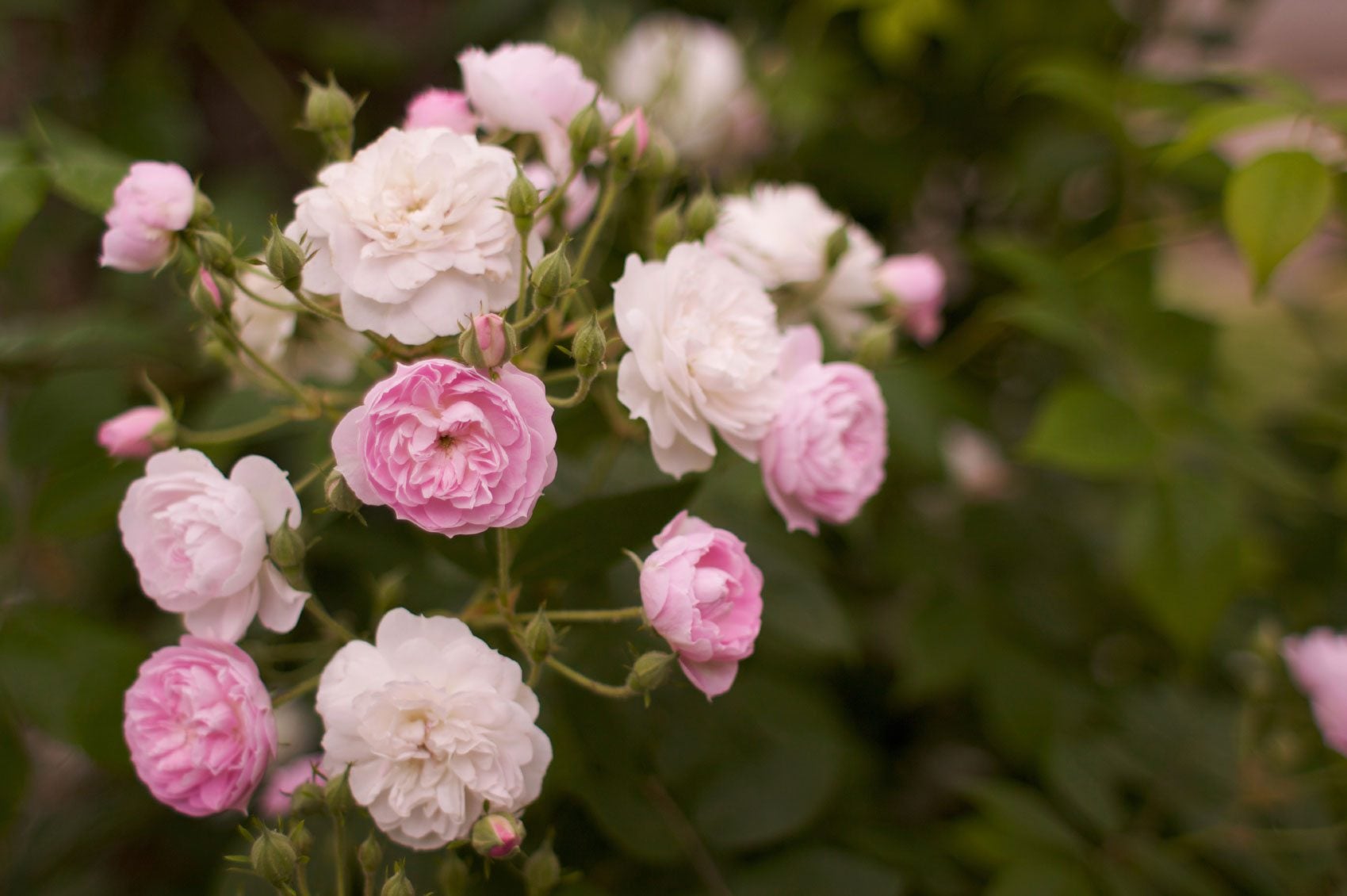How To Grow Roses For A Gorgeous Garden Full Of Romantic Blooms
Rose gardens are known for their peaceful beauty, fragrance and symbolism. Starting a rose garden takes some planning and a special love for gorgeous blooms.

Caroline Bloomfield

Roses are some of the most popular and beautiful flowering shrubs grown, but starting a rose garden may seem daunting to new gardeners. However, growing roses for beginners doesn't have to be a stressful endeavor. In fact, with proper planting and care, nearly anyone can become a successful rose gardener. This article will help.
Growing Information on Roses
When planning to grow roses, it's important to choose a site that receives at least six hours of sun each day. Roses are happiest in full sun conditions. More information about growing and caring for them follows.
Planting Rose Bushes
Rose bushes must also live in well-drained, fertile soil. They don't like to be soggy, but will thrive in deep, well-draining loamy soil.
Plant dormant roses in early spring (or fall). Potted rose plants can be planted any time between spring and fall, but they prefer spring. If you're planting bare root roses, presoak them in water for at least 24 hours prior to placing them in the ground. Both bare root and potted rose bushes need to be planted about 2 feet (61 cm) deep, with the hole large enough to accommodate the roots. Backfill the hole with soil, adding some well-rotted manure in with it and water thoroughly. Then mound up additional soil around the base of the plant. Note that this is not necessary for actively growing roses.
How to Take Care of Roses
Water
Caring for rose bushes is important to their overall health and vigor, especially when it comes to watering. Roses require at least an inch (2.5 cm.) of water weekly throughout their growing season, beginning in spring or following spring planting. While overhead watering is suitable before the onset of new growth, it is often better to water these plants at the soil line using soaker hoses or similar means.
Problems
Sign up for the Gardening Know How newsletter today and receive a free copy of our e-book "How to Grow Delicious Tomatoes".
Rose bushes are very susceptible to fungal diseases, such as black spot and powdery mildew, especially when their foliage is kept too wet.
Feeding and Mulching
Fertilizer for roses should also be applied in spring, following the label instructions carefully. However, with the addition of well-rotted manure each spring, this is usually adequate. Mulching your rose bush will help retain moisture and may also offer some winter protection.
Pruning
Pruning is an important aspect of caring for rose bushes. Prune rose bushes once the leaf buds appear in spring. Make your cuts about 1/4 inch (6 mm.) above the bud eyes and prune out any twiggy or unhealthy branches, stems, and leaves. Roses usually thrive better when they've been pruned in the fall and again in spring. In fall, take off about a third of each branch when the bushes have finished blooming and begin to enter dormancy.
Starting a rose garden and knowing how to take care of roses is easier than you might think. Just give them what they need and before you know it, you'll be rewarded with beautiful blooms.

Nikki Tilley has been gardening for nearly three decades. The former Senior Editor and Archivist of Gardening Know How, Nikki has also authored six gardening books.
- Caroline BloomfieldManager of Marketing Communications